It seems we can’t find what you’re looking for. Perhaps searching can help.
Sign Up for newsletter!
Subscribe to get the latest eBook!
Hotline






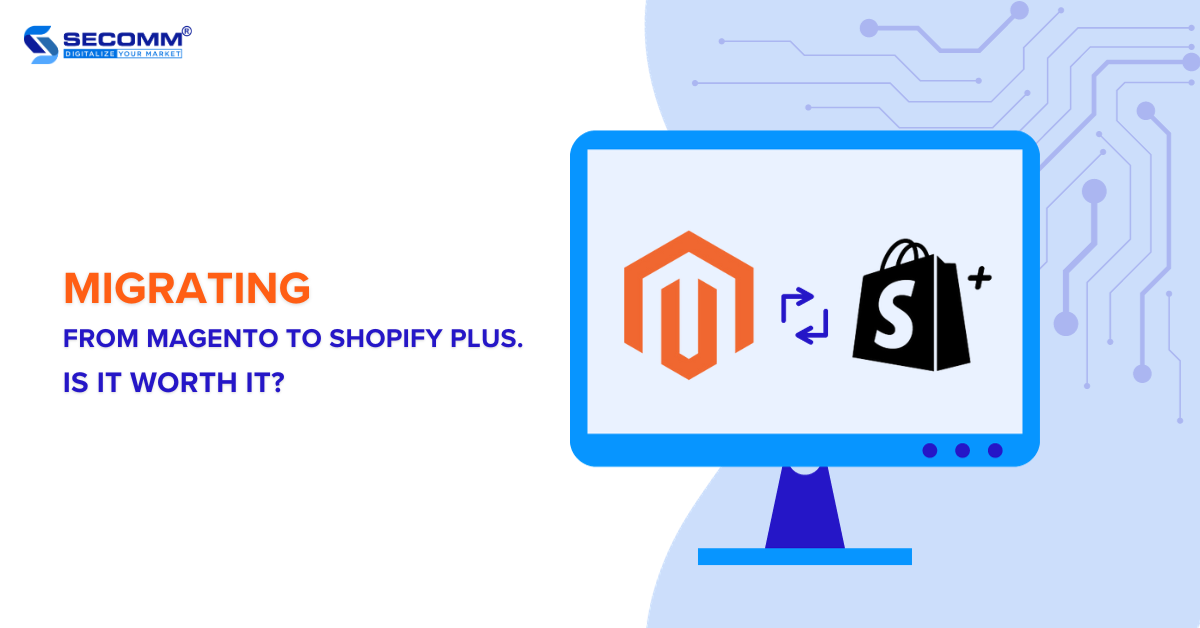
Migrating from Magento to Shopify Plus is a strategic decision that many businesses are considering. While Magento holds a prominent position in the eCommerce market, the ongoing trend of switching to Shopify Plus has raised questions about its reasons, prompting a comparison between the two platforms. Join us in exploring these aspects in this article.
Learn more: Adobe Commerce vs Shopify Plus
Magento is an open-source eCommerce platform with over 140,000 active websites and was acquired by Adobe in 2018. It offers many advanced features, allowing you to tailor your eCommerce websites.
It has two versions: Magento Open Source, a free option to download and install on your servers, and Adobe Commerce (formerly Magento Enterprise), a paid version with premium features such as Adobe’s hosting and security services.
Shopify Plus stands out as Shopify’s advanced SaaS eCommerce platform tailored for large and rapidly growing enterprises. With high scalability, it can handle surges in traffic and sales volumes reaching billions of dollars.
By leveraging Shopify Plus, you can benefit from a robust infrastructure that facilitates easy customization and centralized management of multiple stores, brands, languages, and currencies through a dashboard.
Also, the platform offers a range of superior solutions to enhance eCommerce operations, including Shop Pay, Shopify Flow, LaunchPad, Shopify Scripts, and more.
Many businesses opt to move away from the Magento platform in pursuit of a more optimal solution for their eCommerce websites. However, the following two reasons are widely regarded as the most prevalent.
After launching the Magento 2 (M2) version, the company has declared they’ll no longer support the Magento 1 (M1) version. This means that if you’re using the older version, you won’t receive security updates, bug fixes, and technical assistance.
So, the platform encourages their customers to upgrade to M2 to ensure continued technical support, enhanced security, and access to a variety of new and advanced features.
However, the upgrade process is complex, requiring significant investment in terms of cost and time for source code and interface customization. It may force you to halt your eCommerce operations.
In case you want to keep operating M1 alongside the update process, there’s a potential risk of disrupting system operations, causing significant disruptions to the customer experience, and ultimately affecting sales.
Moreover, there’s also a potential risk of compatibility issues, as some features and modules initially built on M1 may require significant customization to operate effectively on M2.
Faced with these risks, some businesses opt not to upgrade but rather switch to an alternative eCommerce platform. Frequently, these businesses turn to SaaS platforms that offer robust technical support and readily available solutions.
Learn more: M1 vs M2
Some businesses that have upgraded and used M2 for a while have realized that it may not be the best choice. Developing and maintaining a M2 website requires high technical expertise, especially if you want to integrate and customize specific features.
If you don’t have a sufficiently professional technical team or inefficiently collaborate with deployment partners, the customization process is even more complex.
Plus, while the open-source platform offers high scalability, it lacks flexibility. So, if you don’t set up and build your system properly, it may get issues during peak shopping times, leading to crashes and interruptions.
This, in turn, customers to be unable to access the website for purchases, causing significant harm to your brand.
Learn more: The costs of building a Magento eCommerce website
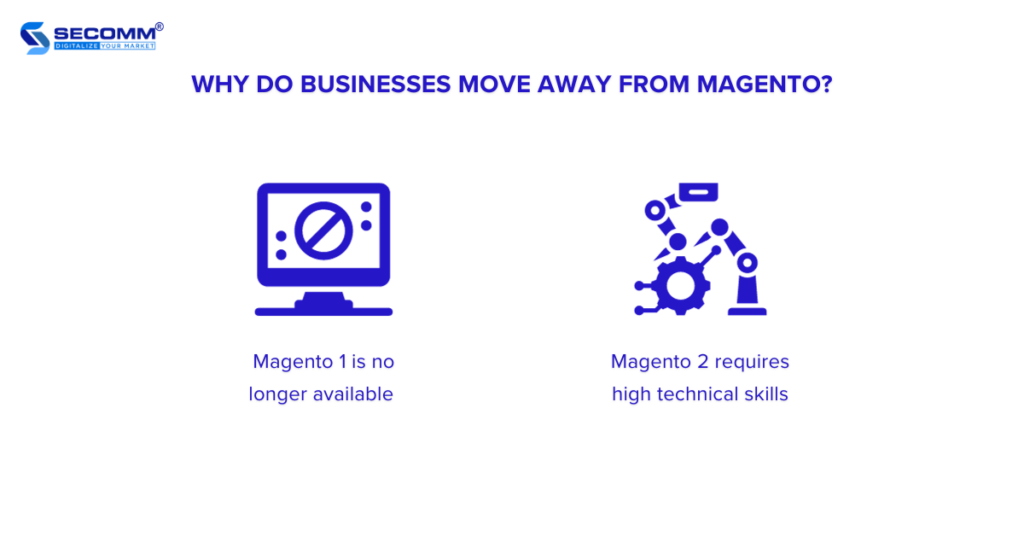
Learn more: 15 reasons why you should migrate to Shopify Plus
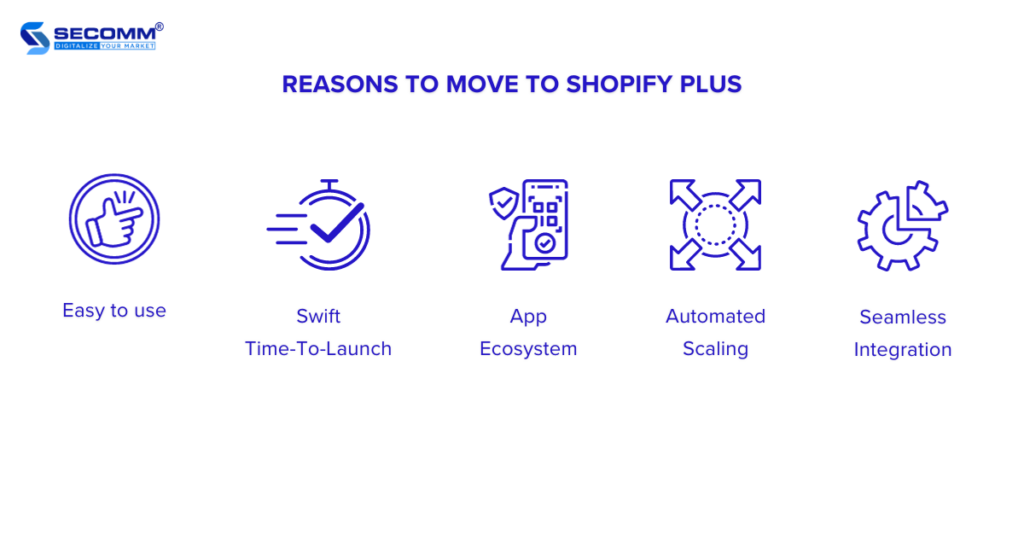
Below are some brands that have previously embraced eCommerce using Magento and switched to Shopify Plus to reduce technical complexities and costs.
Gymshark, a UK-based brand specializing in sportswear and fitness fashion, has emerged as a prominent and favored global sportswear brand since its inception in 2012.
Facing a website crash during the bustling Black Friday shopping season, Gymshark, previously on Magento, made the strategic decision to switch to Shopify Plus.
Despite time and financial investments in repairing and maintaining the system, there was no guarantee of long-term effectiveness.
Upon switching to Shopify Plus, Gymshark capitalized on available solutions such as Shopify POS to elevate both online and offline shopping experiences. The implementation of Shopify Scripts, an exclusive tool for the ‘Plus’ merchants, allowed them to customize and optimize the checkout process.
By using this advanced SaaS platform, Gymshark significantly boosted conversion rates and sales, particularly during major year-end shopping events. This success has firmly established Gymshark as one of the fastest-growing brands globally.

Founded in the United States in 2013, Bombas is a brand specializing in the manufacturing and retail of socks. Renowned for its “buy one, donate one” approach, Bombas pledges to donate a pair of socks to those in need for every pair sold.
Bombas faced website crashes on its previous Magento platform, occurring during Shark Tank program airings and major shopping events like Black Friday and Cyber Monday. These disruptions led to substantial financial losses and incurred significant fees for system repairs over an extended period.
To capitalize on the seamless scalability offered by Shopify Plus, Bombas moved away from the previous. The Bombas website remained resilient during significant year-end shopping events.
The brand not only recouped its investment quickly but also witnessed a remarkable 300% surge in sales compared to the same period the previous year.

Jack Rogers, an iconic American brand specializing in footwear and fashion accessories, has enjoyed widespread recognition globally for an extended period. The brand is not only distinguished for its use of the highest-quality materials in crafting sophisticated and luxurious footwear but also for its global prestige.
After running on the Magento platform for a while, Jack Roger’s eCommerce website started experiencing issues. Each minor update incurred significant time and costs, leading to the decision to switch to Shopify Plus. This move aimed to find a cost-effective solution for operations and maintain the overall stability of the system.
Jack Rogers implemented Shopify Flow to automate both operational and sales processes. The brand also integrated various third-party applications such as Smile, Gorgias, and more to augment the eCommerce efficiency.
Learn more:

Below are some notes to consider during the platform migration process.
There are several methods to migrate data to the Shopify Plus system, such as automated migration, manual migration, and data import/export. You can choose one of these methods or deploy all of them to streamline the migration process and enhance data accuracy.
Customer data
Product data
Transaction data
Switching an eCommerce platform in general and specifically migrating from Magento to Shopify Plus is a complex process that demands detailed planning, precision, and an investment in both budget and time, along with technical expertise.
Therefore, solution architects need to strategize to redesign the system, encompassing system architecture, infrastructure, technology, performance monitoring tools, etc.
When deciding to switch to Shopify Plus, there are some things related to website optimization you need to keep in mind. The URL structure of the two platforms differ, so you should check the navigation of all web pages to ensure the preservation of SEO value and user redirection to the correct pages.
During the platform migration process, a temporary decrease in rankings on search engines like Google or Bing is normal and not a cause for concern. These search engines may take a few days to process the new website and update essential indices.
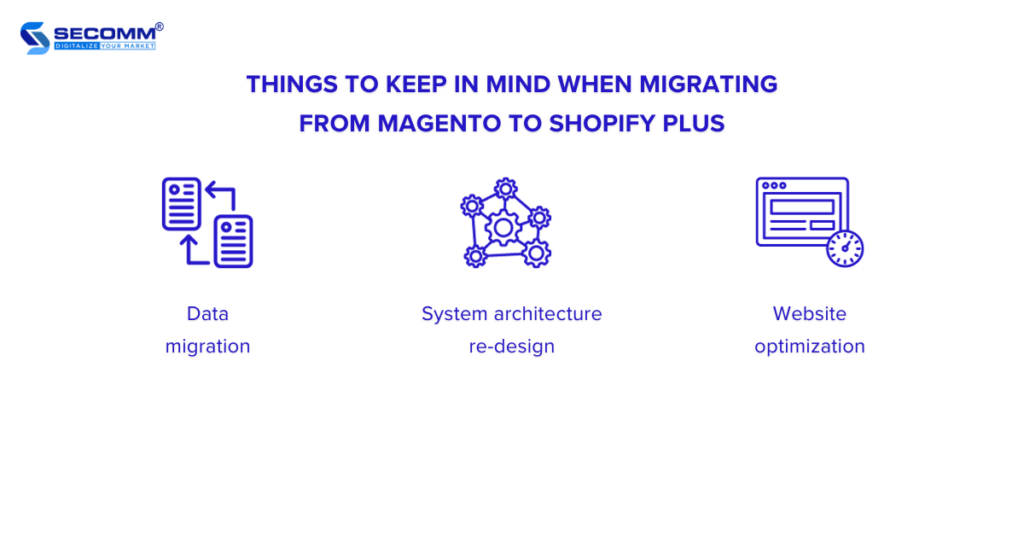
Lately, Shopify Plus has emerged as the preferred choice for businesses making the move from the Magento world.
Having extensive experience in developing eCommerce websites on both eCommerce platforms, and successfully executing the Shopify Plus migrations, SECOMM has become a reliable technology partner for many large enterprises such as Vinamilk and Suzuverse.
Contact SECOMM or call directly at the hotline (028 7108 9908) to start the project of the Magento to Shopify Plus platform migration process tailored to your business.
 2
2
 4,989
4,989
 0
0
 1
1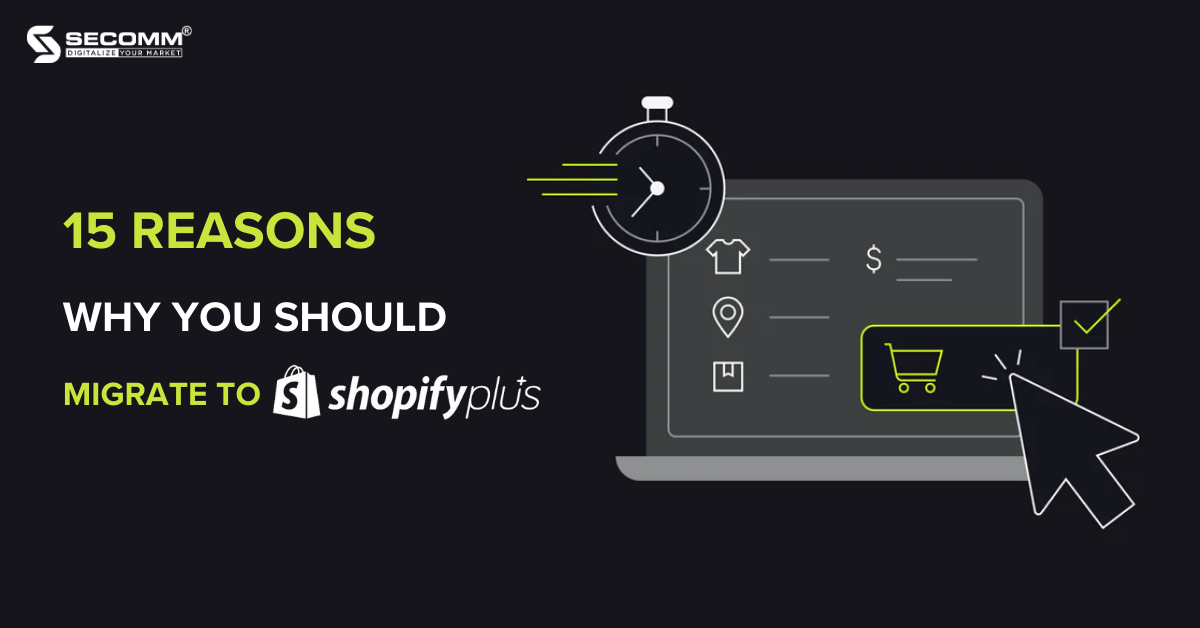
According to the Deloitte 2022 Retail Industry Outlook, up to 67% of businesses acknowledge that the eCommerce platform is their top investment priority due to issues they face with deploying outdated platforms.
Plus, a survey by Digital Commerce 360 revealed that about 27% of businesses are trying to switch their eCommerce platforms despite the associated costs.
Among the myriad of leading platforms today, Shopify Plus stands out as a perfect choice for businesses when deciding to re-platform.
This article will show you 15 reasons why you should migrate to Shopify Plus. Why the platform gains the attention of business leaders and how it can be the key to your development and success in today’s eCommerce landscape.
It is a premium solution of the popular eCommerce platform – Shopify. This version is specifically designed to meet the needs of large businesses with a high investment budget for eCommerce.
It offers flexibility, scalability, and integration, not only helping efficiently build and run an eCommerce website but also providing advanced tools and features to optimize the customer shopping experience.
Here are 15 notable advantages that the platform offers for your business growth, laying the groundwork for you to consider migrating to Shopify Plus.
The dashboard interface is designed to be intuitive and user-friendly, catering to end-users and administrators who directly manage the Shopify store. The intuitive interface allows you to concentrate on developing business strategies and enhancing the customer experience, minimizing the learning curve on how to use the system.
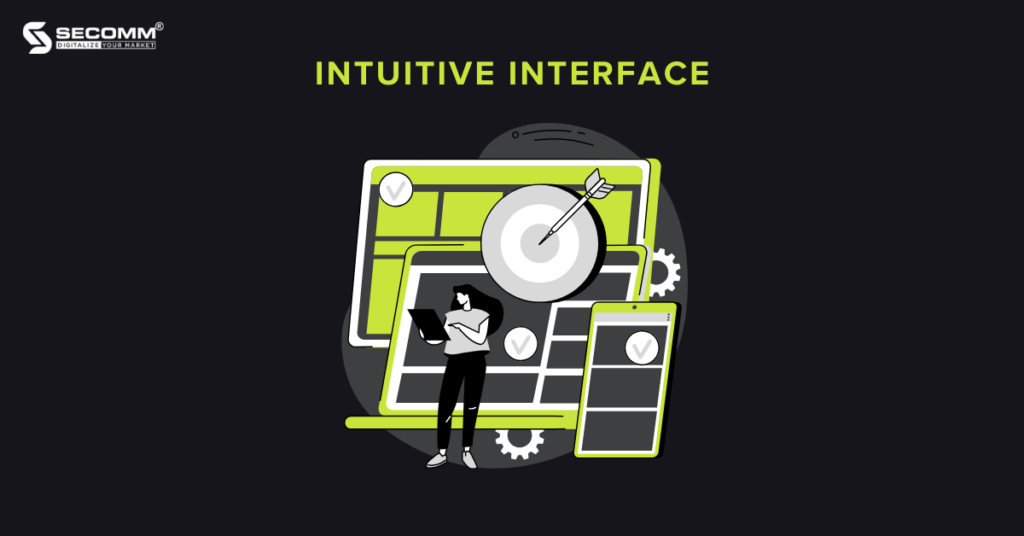
The second reason to migrate to Shopify Plus is the transparency in estimating and managing deployment costs. Typically, when using this platform, you may consider platform fees, transaction fees, app and add-on fees.
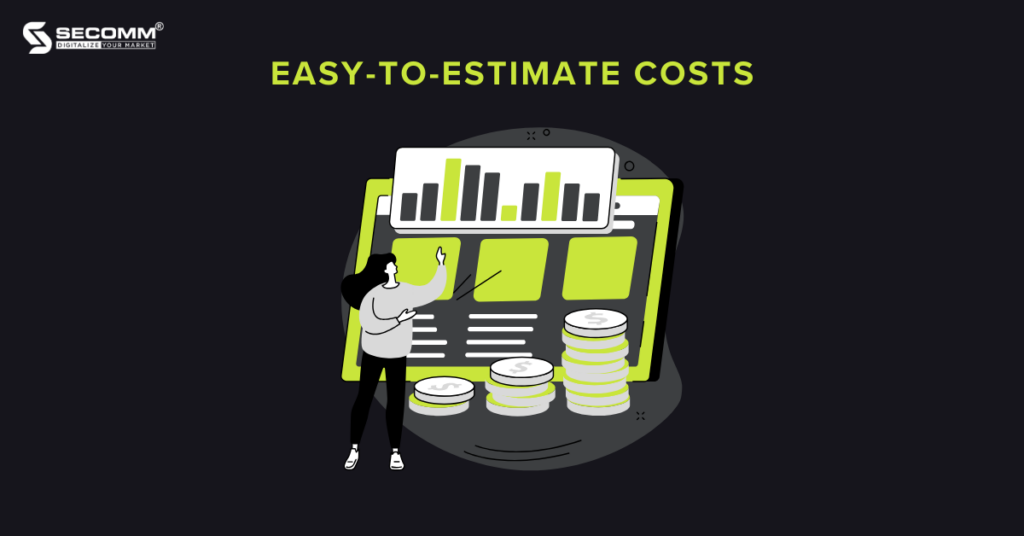
The Shopify Plus pricing system is clear and understandable, helping you know all the fees you need to pay monthly. This helps financial planning, avoiding unexpected fees during the deployment process.
Plus, if you partner with highly specialized technical development teams like SECOMM, we’ll conduct a detailed analysis and propose a phased deployment plan for the Shopify Plus eCommerce website. This approach allows you to gain clarity on how your system will be deployed at each stage, facilitating easy adjustments and flexible optimization of financial resources.
Another advantage of Shopify Plus is the automation feature. The platform provides two exclusive tools to help you facilitate this process: Shopify Flow and LaunchPad.
These automation tools help enhance efficiency and save time by streamlining various processes, allowing you to focus on strategic aspects of your operations.
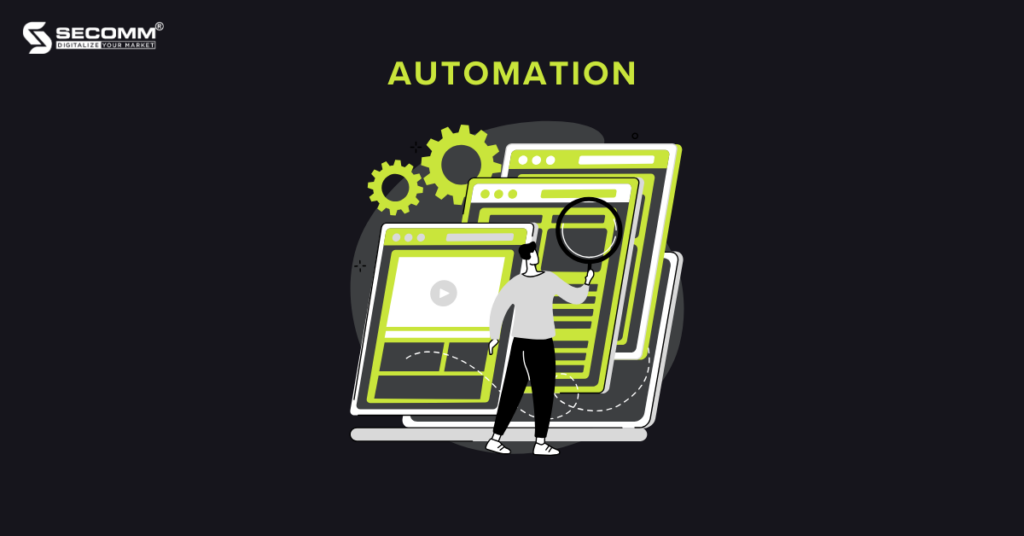
Shopify Plus allows you to reach a broader audience through various sales channels, spanning from offline to online, including leveraging social media for sales and implementing B2B business models.
Plus, you can integrate the Shopify POS solution into their offline stores to offer services such as BOPIS (Buy Online, Pick Up In-Store) and BORIS (Buy Online, Return In-Store). This allows customers to shop in the manner that suits them, combining both online and in-store shopping experiences.
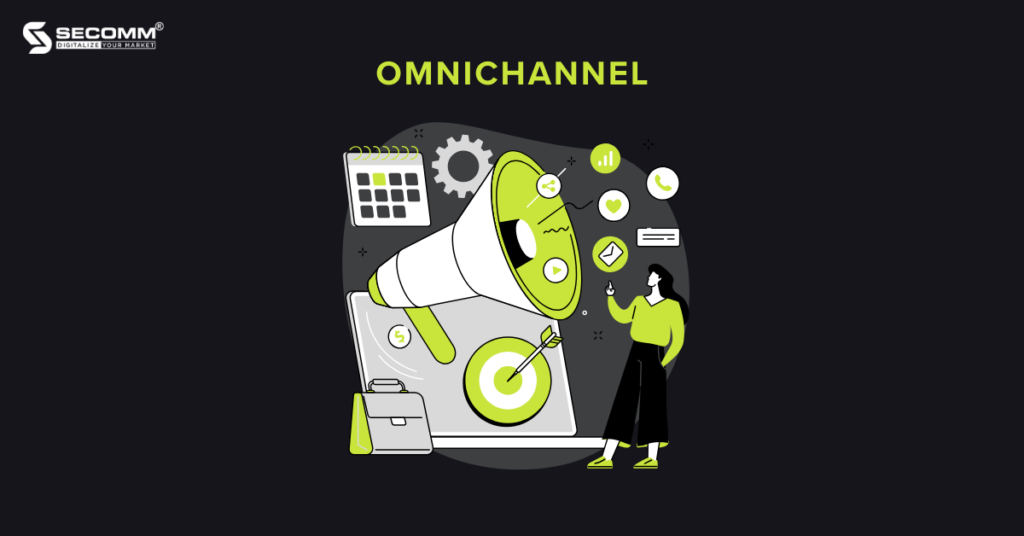
In 2021, Shopify introduced a comprehensive cross-border selling solution called Shopify Markets. With Shopify Markets, you can easily customize their stores for each specific target market. This includes setting prices, languages, payment methods, and delivery options to align with the preferences of local customers.
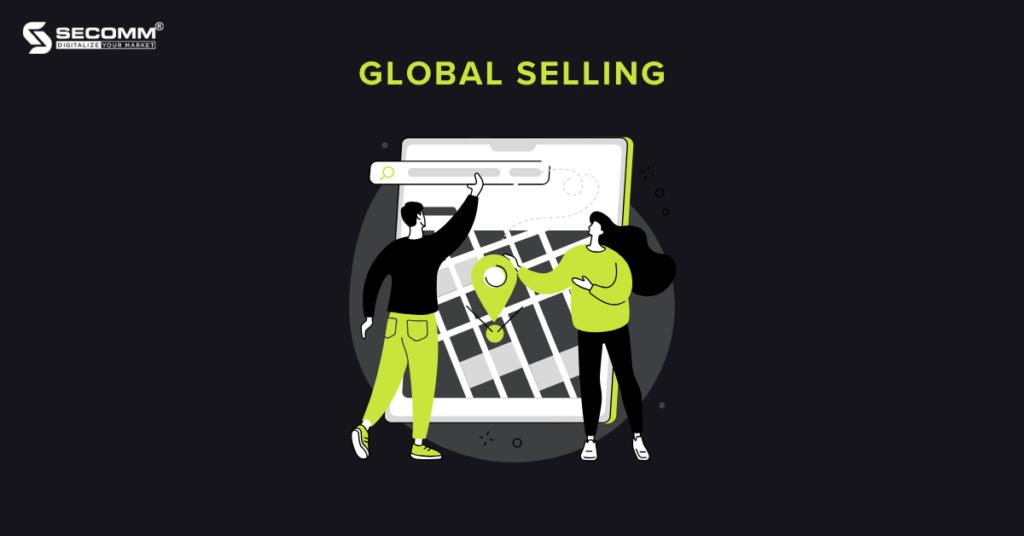
The robust customization is another reason for businesses to switch to Shopify Plus. This platform allows you to freely customize from the frontend to the backend without being constrained by any limits. In particular, you can easily customize the backend with Shopify Functions and Function APIs. Some use cases for Shopify Functions include:
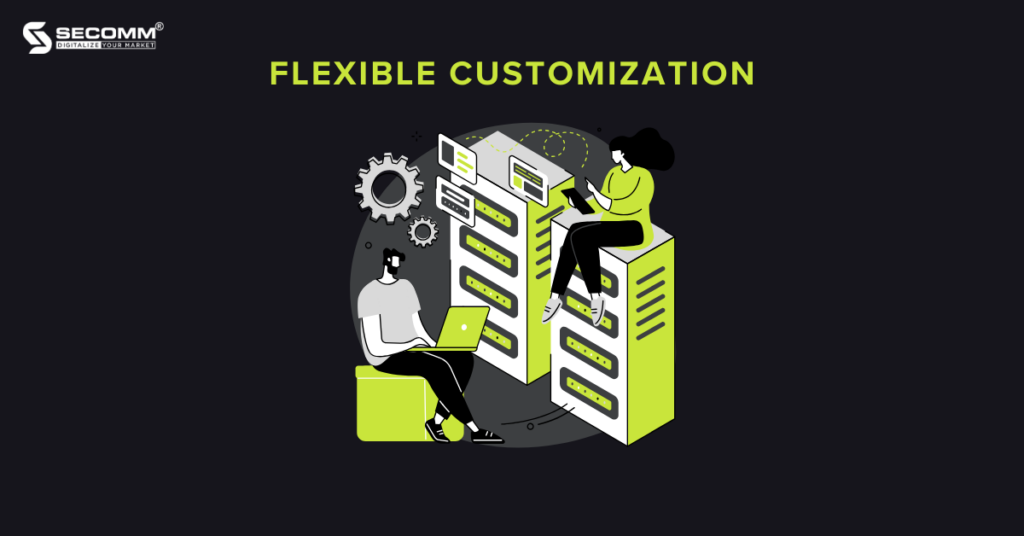
With the popularity of Shopify and Shopify Plus globally, it’s not surprising that Shopify owns a host of useful applications, some of which are specifically developed for businesses deploying Shopify Plus. Moreover, the ‘Plus’ provides diverse documentation and resources (Shopify Plus Certified App Program) for developers to create applications and extensions, contributing to the vast ecosystem of Shopify applications.
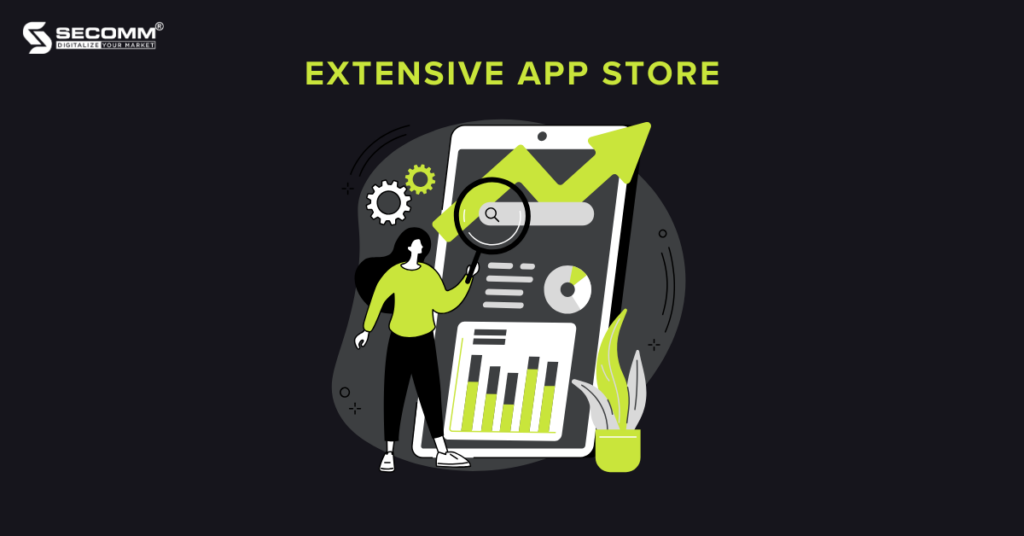
Beyond integrating with solutions within Shopify, you can also integrate with third-party systems such as:
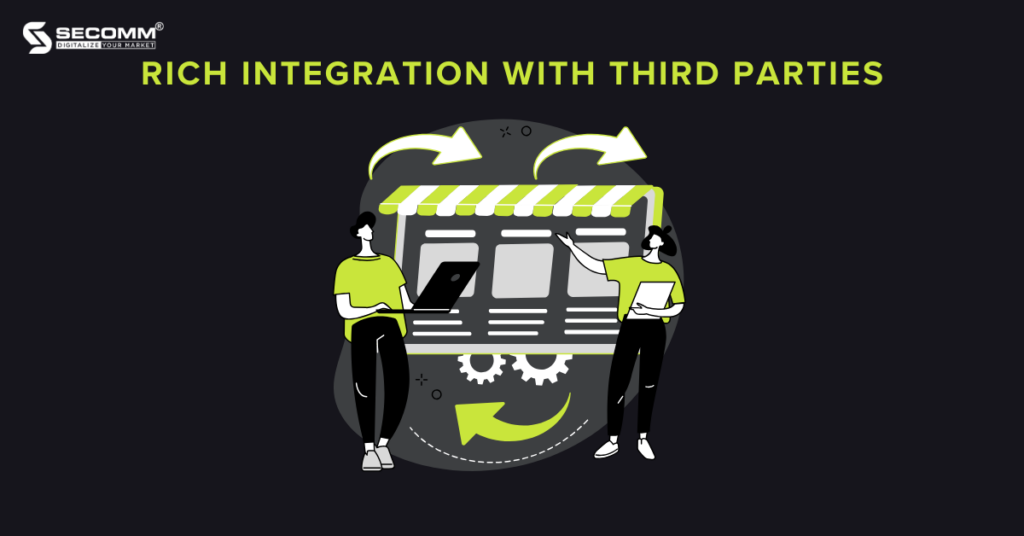
Shopify’s cloud infrastructure can cater to over 600,000 merchants and process speeds of up to 80,000 requests per second during peak periods. This system is built on a dedicated server cluster running Docker and utilizes Rails applications, alongside integrated additional features based on the AWS platform.
Therefore, Shopify Plus can provide powerful processing speed not only for the website but also during the checkout process. It can handle a massive number of visits while maintaining speed and ensuring a positive customer experience, processing over 10,000 orders per minute.
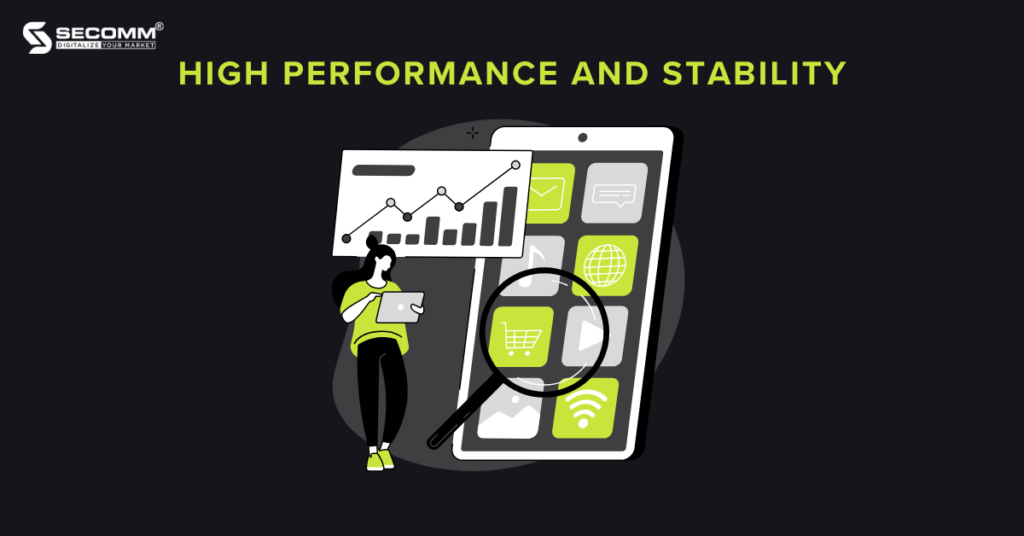
With unlimited bandwidth and flexible infrastructure, Shopify Plus can effortlessly scale to manage increased traffic during peak shopping seasons such as Black Friday, Cyber Monday, and Christmas. This enables you to handle high volumes of customers during peak times without concerns about technical issues or website disruptions.
The flexible customization of Shopify Plus also extends to providing maximum support for deploying Headless Commerce. Moreover, in 2021, the platform introduced the Hydrogen solution – an outstanding tech stack that can meet the highest requirements for building a Headless Commerce system.
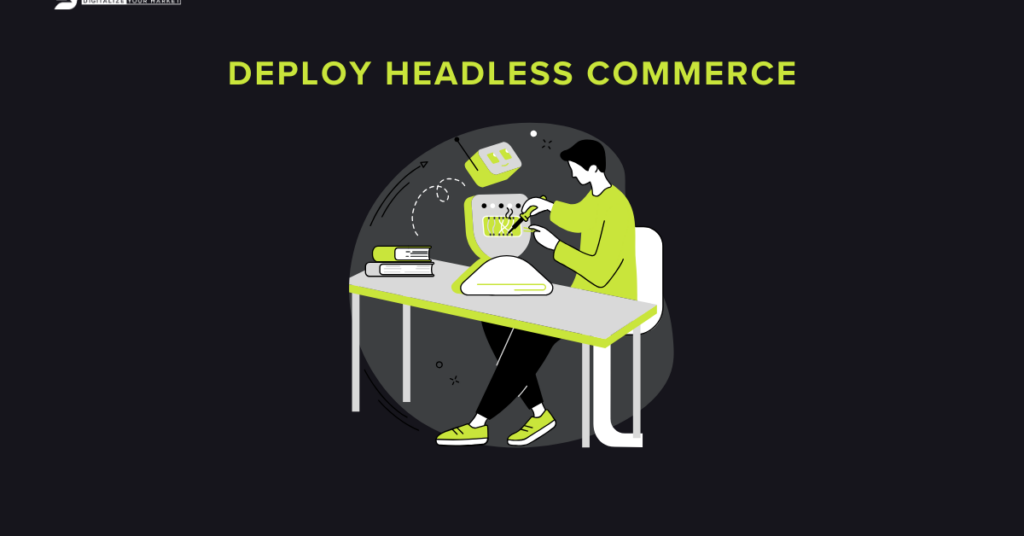
As the demand for flexibility and scalability continues to rise, alongside Headless Commerce, large businesses worldwide are increasingly focusing on the Composable Commerce model. Fortunately, Shopify is keenly attuned to customer needs and has recently introduced the Commerce Components by Shopify solution in early 2023.
As of the time of writing, Shopify stands as the first SaaS platform to provide a tech stack that can address nearly all the development needs of Composable Commerce.
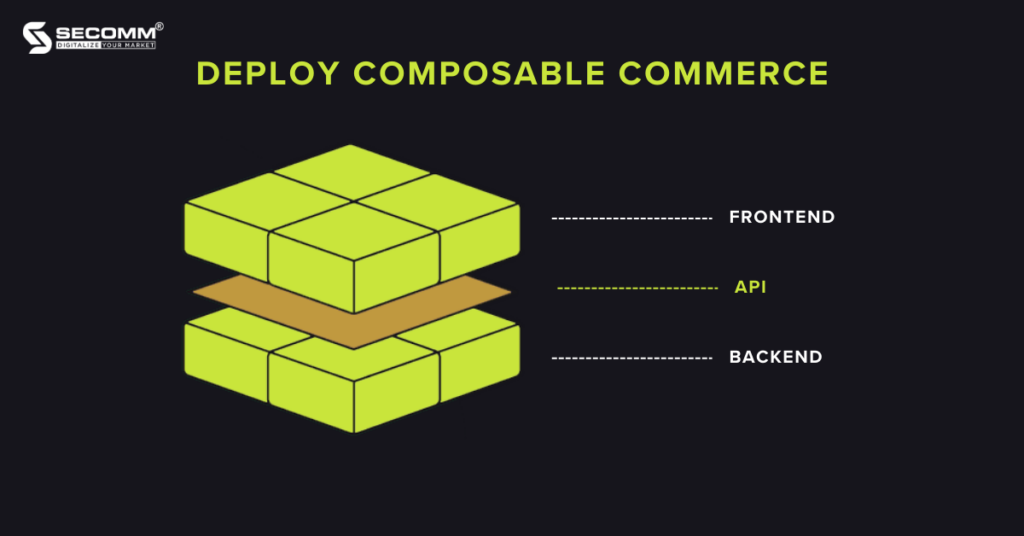
While you may require considerable time to tailor your Shopify Plus store to your specific needs, the nature of SaaS ensures that the go-live process for Shopify Plus remains quicker compared to open-source platforms like Magento.
On average, the deployment and go-live time for the Shopify Plus platform is around 2-5 months, whereas with Magento, businesses take from 6-12 months to deploy and go live.
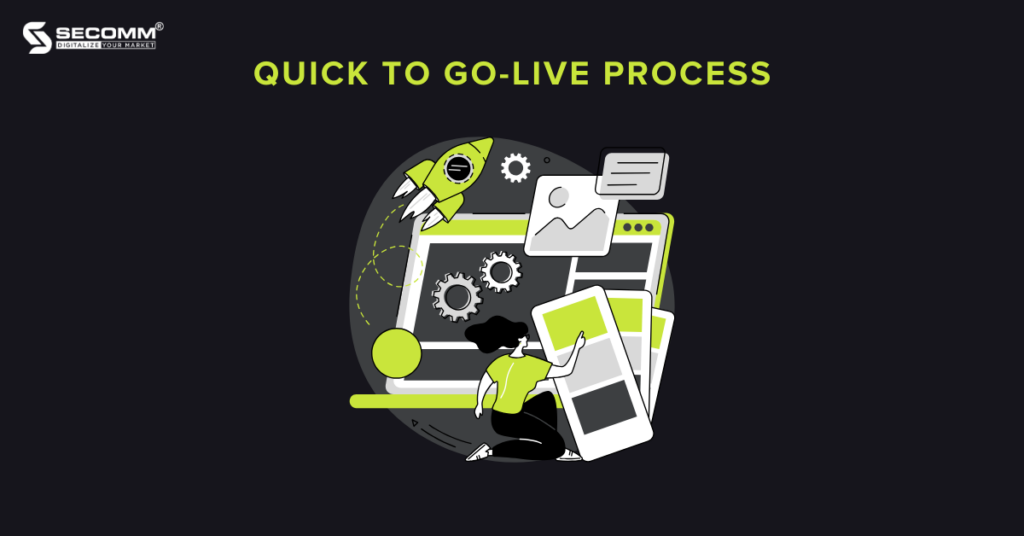
Shopify Plus provides a range of security measures and features to ensure that business data, customer information, and payment transactions are safeguarded to the highest extent possible. This includes:
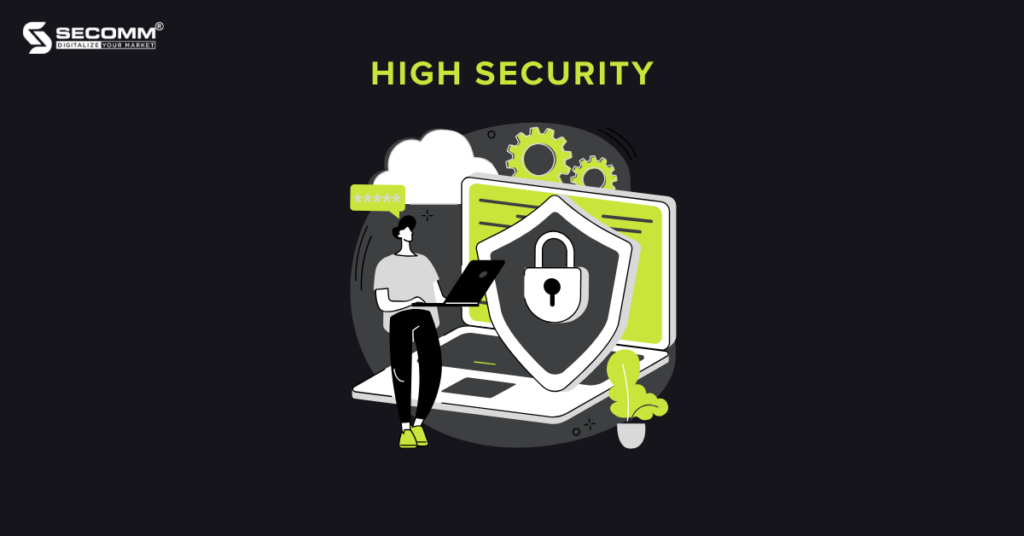
Similar to other eCommerce platforms, Shopify Plus provides businesses with 24/7 support through hotlines, emails, and video calls in various languages. Additionally, this platform offers instructional materials, API documentation, and the Shopify Plus Merchant Success program where businesses can access:
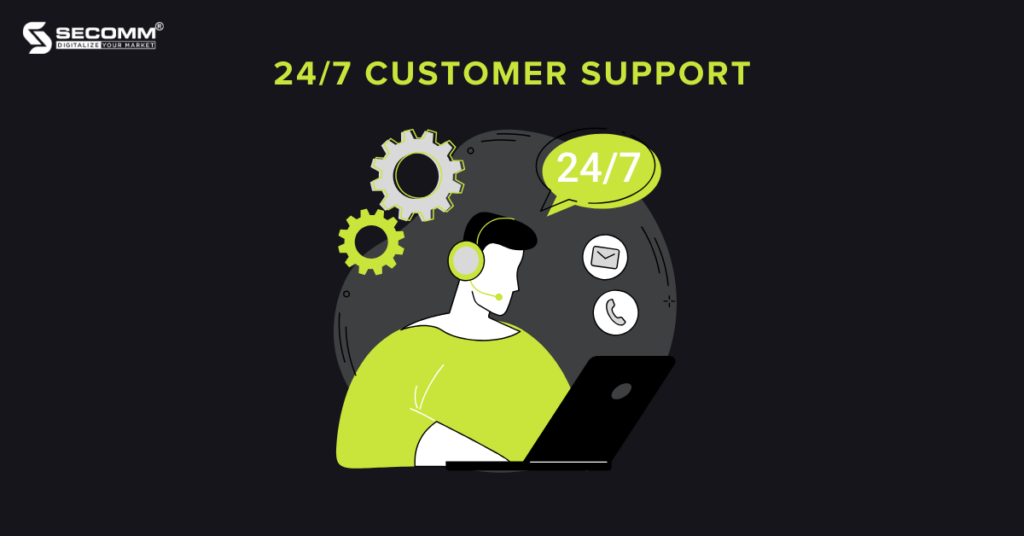
Shopify Plus has a vast and diverse user ecosystem, including businesses, developers, and marketing experts. With numerous leading global businesses choosing Shopify Plus as a key tool to drive their growth and success, it is undoubtedly a testament to the excellence of this platform.
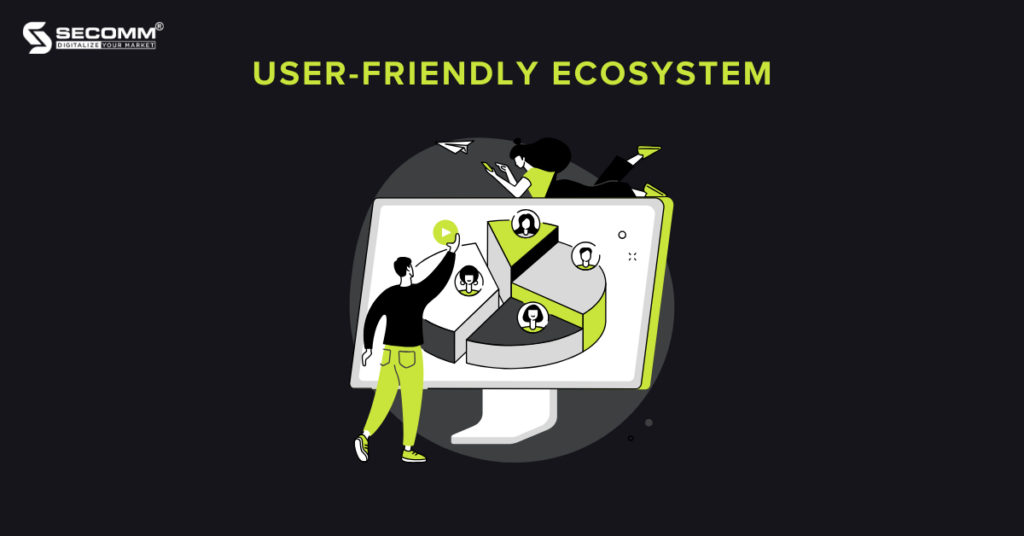
Renowned names such as Gymshark, Glossier, MZ Wallace, and Emma Bridgewater have leveraged the power of Shopify Plus to create customized shopping experiences, expand sales volumes, and reach a broader customer base. Their presence has added another reason encouraging you to switch to Shopify Plus.
With flexible customization, scalability, and support from a reliable team of experts, the decision to deploy eCommerce with Shopify Plus or migrate from another platform to Shopify Plus has been right for sustained and competitive growth in the eCommerce landscape.
Contact SECOMM or call the hotline at 028 7108 9908 for advice and support to swiftly and effectively switch to Shopify Plus.
 2
2
 6,553
6,553
 0
0
 1
1Subscribe to get the latest eBook!
Hotline